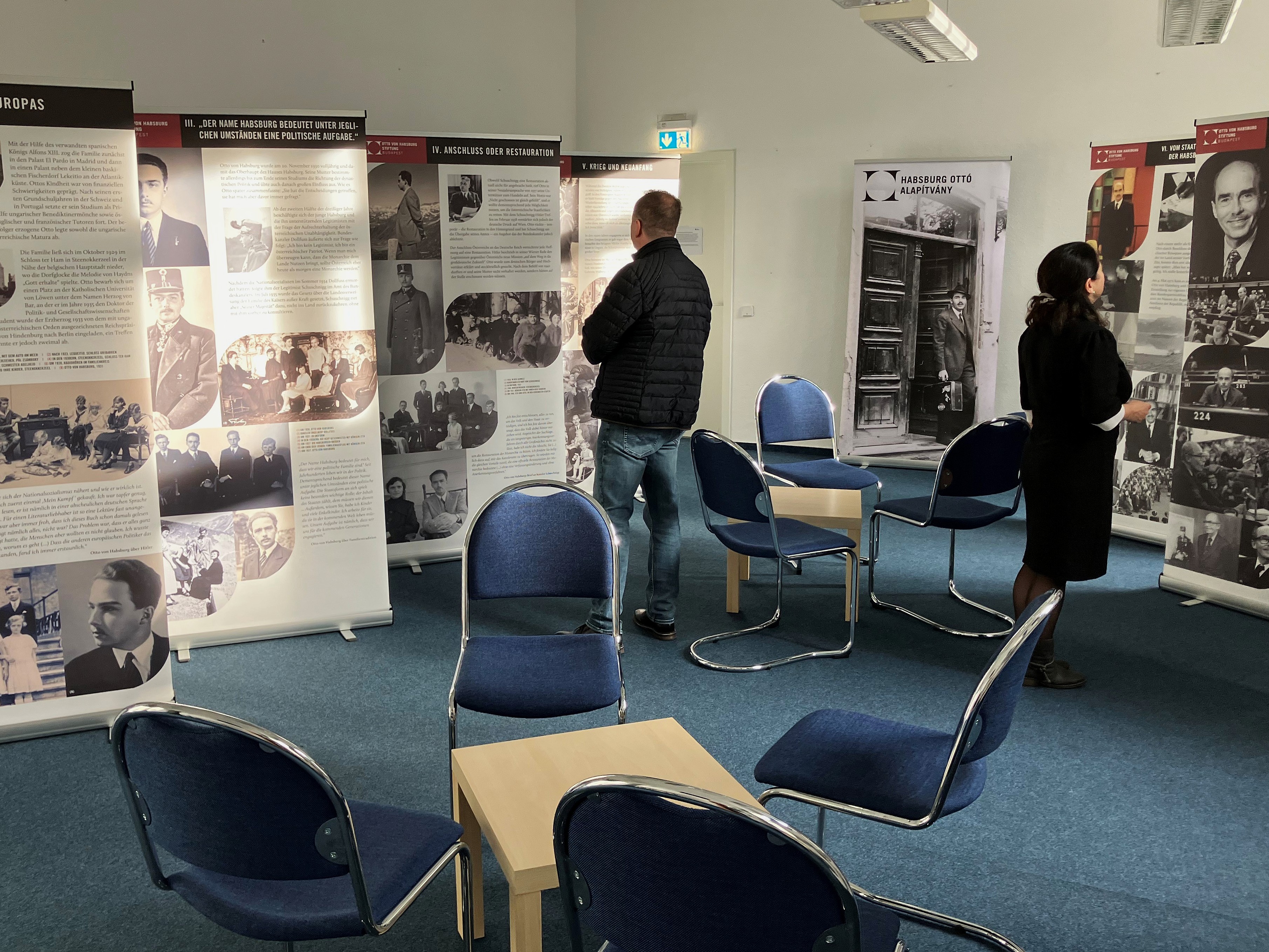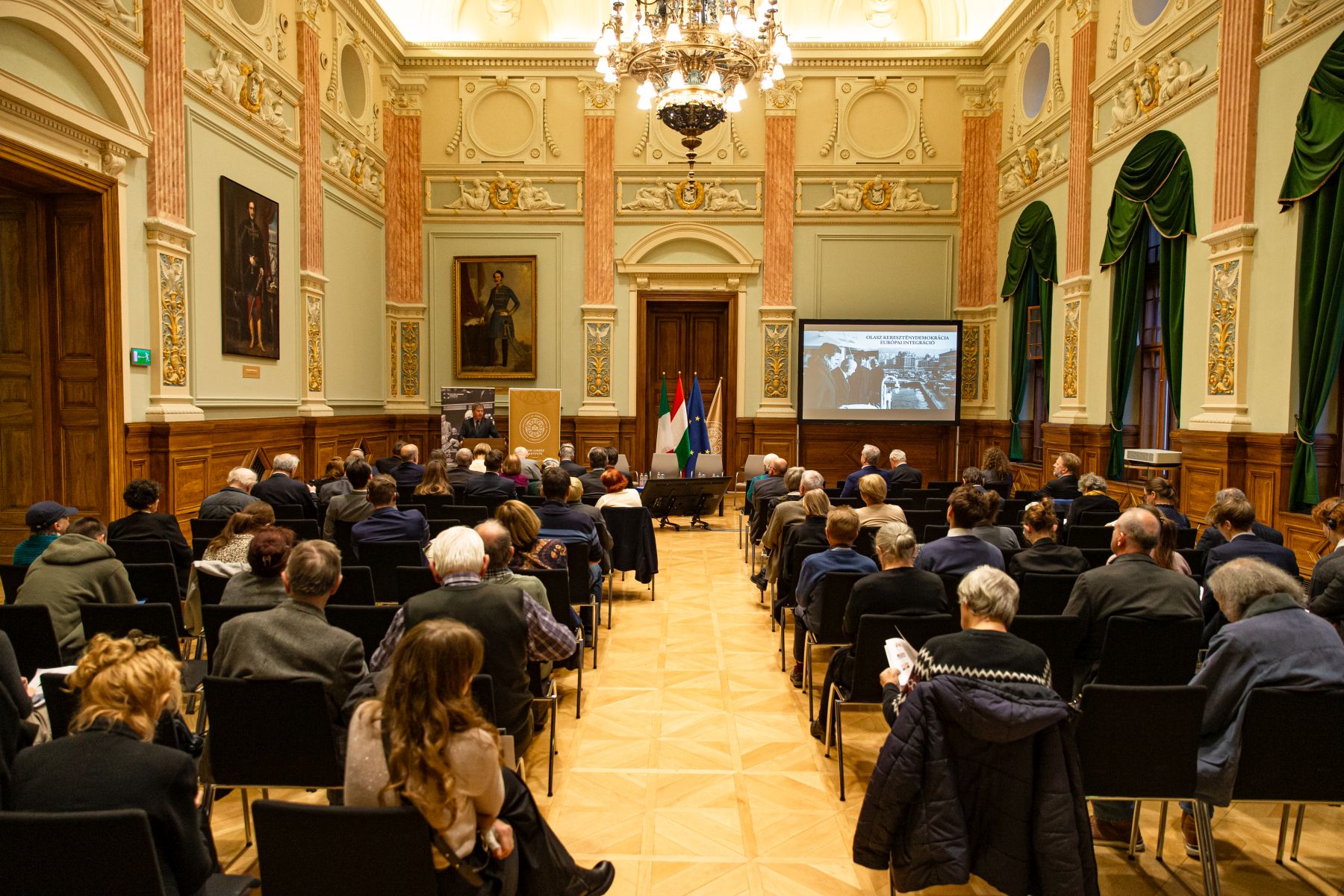German city marketing experts often assign a permanent epithet to towns to clearly label which historical figures the community values and who spent a shorter or longer period of their lives there. While there are several Bachstadts, Schillerstadts, and Goethestadts, there is only one known as Ottostadt, in Magdeburg, the capital of Saxony-Anhalt. This refers not to our namesake, Otto von Habsburg, but to Otto I, Holy Roman Emperor (912–973). At the same time, Hungarian historical contexts and certain biographical details suggest an almost mystical connection between the two Ottos, born nearly a thousand years apart. Otto I dedicated the foundation of the Magdeburg bishopric to God following his victory at the Battle of Lechfeld over the Hungarian raiders in 955. The equestrian statue, believed to depict him, created around 1240, strikingly resembles the Bamberg rider, which is considered an authentic portrayal of King Stephen I of Hungary, dating back a few decades earlier.
The Magdeburg Rider in the Cultural History Museum Magdeburg (left). The Bamberg Horseman on the eastern choir of Bamberg Cathedral (right).
Although this alone would have justified bringing our exhibition, Life and Heritage, to the southwestern capital, the invitation stemmed from a more immediate and practical motivation. Reiner Haseloff, born in Wittenberg and serving as the Christian Democratic (CDU) Minister-President of Saxony-Anhalt since 2011, has maintained close ties with Hungary, as his wife studied there. We met him on multiple occasions in Wittenberg during the 500th anniversary of the Reformation, and he also visits privately. On one occasion, we presented him with “99 Years – 99 Photos: Photographs from the Life of Otto von Habsburg” and discussed our namesake’s historical perspective, as well as his influence on the 1989 border opening, which is still widely remembered in eastern Germany. The idea arose that this moment deserved recognition in Magdeburg as well. Preparations were facilitated by Stefan Gäbler, a cabinet member and grandson of the late Hungarian studies professor János Gulya of Göttingen, who has long supported the initiative. The event was organised by the Saxony-Anhalt office of the Konrad Adenauer Foundation (KAS).
Positive occasions of this kind are rare in contemporary German–Hungarian relations, making it especially valuable that the exhibition opening connected historical reflection with current political and economic discourse. Following welcoming remarks by Rabea Brauer of the KAS and Vad Zoltán, First Secretary at the Hungarian Embassy in Berlin, our long-standing friend Róbert Fiziker, with ties to Sopron, delivered an engaging lecture on Hungary’s role in German reunification, highlighting Otto von Habsburg’s significance in the Pan-European Picnic and wider historical developments. During the subsequent panel, Andreas Müller of the local Chamber of Industry and Commerce, János Ráduly, who has resided in Magdeburg since 1972, and Michael Knoppik, Mayor of nearby Ballenstedt, exchanged views on current economic collaboration between the state and Hungary.
Between a vote in the state parliament and a live television broadcast in Berlin, Reiner Haseloff honoured the gathering with his presence. Despite a busy schedule, he considered it a personal priority to speak, emphasising the importance of preserving the memory of the 1989 events. He stressed that it is essential to remember the struggles of Eastern German citizens, as well as Pope John Paul II, who ensured that historical ecclesiastical boundaries were maintained to prevent the establishment of a purely Eastern German bishopric, and Otto von Habsburg, whose patronage accelerated German reunification through the events at Sopronpuszta of August 1989.
Opening the exhibition, Gergely Prőhle underscored that our namesake’s insights into the pressures exerted by the communist dictatorship were informed through his wife, born in Meiningen in the former GDR. This understanding also motivated him to initiate the Sopron event. He concluded by highlighting Otto von Habsburg’s enduring optimism, which continues to inspire contemporary civic engagement.









